Description
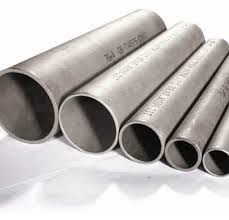 Steel Piping Supplies and materials are essential components in numerous industries, offering strength, durability, and versatility. In addition, use steel pipes in construction, oil and gas transportation, water supply, and various industrial applications. Also, design different types of steel pipes to meet specific requirements, such as resistance to corrosion, high pressure, and extreme temperatures. Finally, this detailed exploration will cover the various types of steel piping materials, highlighting their unique properties, applications, and benefits.
Steel Piping Supplies and materials are essential components in numerous industries, offering strength, durability, and versatility. In addition, use steel pipes in construction, oil and gas transportation, water supply, and various industrial applications. Also, design different types of steel pipes to meet specific requirements, such as resistance to corrosion, high pressure, and extreme temperatures. Finally, this detailed exploration will cover the various types of steel piping materials, highlighting their unique properties, applications, and benefits.
Carbon Steel Pipes
Choose carbon steel pipes for piping supplies because they offer high strength and durability, making them among the most commonly used steel pipes. Also, manufacturers make these pipes from an alloy of iron and carbon, with the carbon content typically ranging from 0.2% to 2.1% by weight.
Characteristics
Strength and Toughness: Carbon steel pipes provide mechanical strength, making them suitable for high-pressure applications.
Weldability and Malleability: They are easy to weld and form, allowing for flexibility in construction and manufacturing processes.
Cost-Effective: Compared to other steel types, carbon steel is relatively inexpensive, making it a popular choice for many projects.
Applications
Oil and Gas Industry: Used in pipelines for transporting oil, gas, and petroleum products due to their ability to withstand high pressure.
Construction: Employed in building structures, bridges, and other infrastructure projects for their strength and durability.
Water and Sewage: Utilized in water supply and sewage systems because of their resistance to pressure and impact.
Stainless Steel Piping Supplies
Manufacturers make stainless steel pipes from an alloy of iron, chromium, nickel, and other elements, which provides excellent corrosion resistance and a polished appearance. In addition, the chromium content, typically at least 10.5%, forms a passive layer of chromium oxide, which prevents further corrosion.
Characteristics
Corrosion Resistance: Stainless steel pipes resist rust and corrosion, making them ideal for harsh environments and chemical exposure.
Aesthetic Appeal: They have a shiny, attractive appearance, making them suitable for visible applications.
Temperature Resistance: These pipes can withstand high and low temperatures without losing their strength.
Applications
Food and Beverage Industry: Used in processing and transporting food and beverages due to their sanitary properties and resistance to contamination.
Pharmaceuticals: Essential in the pharmaceutical industry for maintaining sterile conditions and preventing corrosion from chemicals.
Architecture: Employed in decorative elements, handrails, and structural components due to their aesthetic appeal and durability.
Galvanized Steel Pipes and Piping Supplies
Coat carbon steel pipes with a layer of zinc to create galvanized steel pipes, which prevent rust and corrosion. Finally, this galvanization process enhances the pipe’s lifespan and durability.
Characteristics of Piping Supplies
Corrosion Protection: The zinc coating acts as a sacrificial anode, protecting the underlying steel from rust and corrosion.
Durability: Galvanized pipes are more durable than non-coated carbon steel pipes, especially in outdoor or humid environments.
Cost-Effective: They offer a cost-effective solution for applications requiring corrosion resistance.
Applications of Piping Supplies and Pipes
Water Supply Systems: Commonly used in residential and commercial water supply systems due to their resistance to rust and corrosion.
Construction: Employed in outdoor structures, such as fencing, railings, and scaffolding, for their durability.
Agriculture: Used in irrigation and water distribution systems to ensure longevity and reliability.
Alloy Steel Pipes
Alloy steel pipes are made by combining carbon steel with various alloying elements, such as chromium, nickel, molybdenum, vanadium, and tungsten. Also, these elements enhance the mechanical properties and corrosion resistance of the steel.
Characteristics
Enhanced Mechanical Properties: Alloying elements improve strength, toughness, and hardness, making these pipes suitable for high-stress applications.
Corrosion and Heat Resistance: Certain alloying elements, like chromium and nickel, provide resistance to corrosion and high temperatures.
Versatility: Alloy steel pipes can be tailored to meet specific performance requirements by adjusting the alloy composition.
Applications and Piping Supplies
Power Generation: Used in boilers, heat exchangers, and steam pipelines due to their ability to withstand high temperatures and pressure.
Oil and Gas Industry: Employed in high-pressure and high-temperature environments, such as drilling and refinery operations.
Aerospace: Utilized in aircraft components and systems requiring high strength and reliability under extreme conditions.
Duplex and Super Duplex Steel Piping supplies
A type of materialDuplex and super duplex steel pipes are made from a combination of austenitic and ferritic stainless steel, offering superior strength and corrosion resistance. Duplex steels contain approximately equal parts of austenite and ferrite, while super duplex steels have higher alloy content for enhanced performance.
Characteristics
High Strength: Duplex and super duplex pipes have higher yield strength compared to conventional stainless steels.
Excellent Corrosion Resistance: They provide outstanding resistance to stress corrosion cracking, pitting, and crevice corrosion.
Cost-Effective: Their superior properties can reduce material thickness and overall weight, offering cost savings in construction and maintenance.
Applications
Oil and Gas Industry: Used in offshore platforms, subsea pipelines, and other applications requiring high strength and corrosion resistance.
Chemical Processing: Essential in chemical plants for handling aggressive chemicals and corrosive environments.
Marine Applications: Employed in shipbuilding, desalination plants, and other marine environments for their durability and resistance to seawater corrosion.
Low-Temperature Carbon Steel Piping Supplies
Low-temperature carbon steel (LTCS) pipes are designed to perform well in low-temperature environments. They are typically made from carbon steel with a specific composition to maintain ductility and toughness at sub-zero temperatures.
Characteristics
Ductility and Toughness: LTCS pipes retain their mechanical properties even at low temperatures, preventing brittleness and fracture.
Weldability: These pipes are easily weldable, making them suitable for various construction and manufacturing applications.
Cost-Effective: They provide a cost-effective solution for applications requiring low-temperature performance.
Applications
Cryogenic Applications: Used in industries involving the storage and transportation of liquefied gases, such as LNG and LPG.
Petrochemical Industry: Employed in processing and transporting chemicals at low temperatures.
Aerospace: Utilized in aerospace applications requiring reliable performance at low temperatures.
High-Temperature Carbon Steel Pipes
High-temperature carbon steel pipes are designed to withstand elevated temperatures without losing their strength or structural integrity. These pipes are typically made from carbon steel with alloying elements that enhance their performance at high temperatures.
Characteristics
Heat Resistance: High-temperature carbon steel pipes maintain their mechanical properties at elevated temperatures, making them suitable for high-heat applications.
Strength and Durability: They offer excellent strength and durability, ensuring reliable performance under thermal stress.
Weldability: These pipes are easily weldable, allowing for flexibility in construction and manufacturing processes.
Applications
Power Plants: Used in boilers, heat exchangers, and steam pipelines due to their ability to withstand high temperatures and pressure.
Refineries: Employed in high-temperature processing units, such as catalytic cracking and distillation columns.
Industrial Furnaces: Utilized in furnaces and kilns for their heat resistance and durability.
Conclusion
Steel piping materials are essential components in numerous industries, each type offering unique properties and benefits to meet specific application requirements. Carbon steel pipes are favored for their strength and cost-effectiveness, while stainless steel pipes provide excellent corrosion resistance and aesthetic appeal. Galvanized steel pipes offer enhanced durability through a protective zinc coating, and alloy steel pipes deliver superior mechanical properties and versatility. Duplex and super duplex steel pipes combine strength and corrosion resistance, making them suitable for demanding environments. Low-temperature and high-temperature carbon steel pipes are designed to perform reliably under extreme temperature conditions.
Piping Materials and Fittings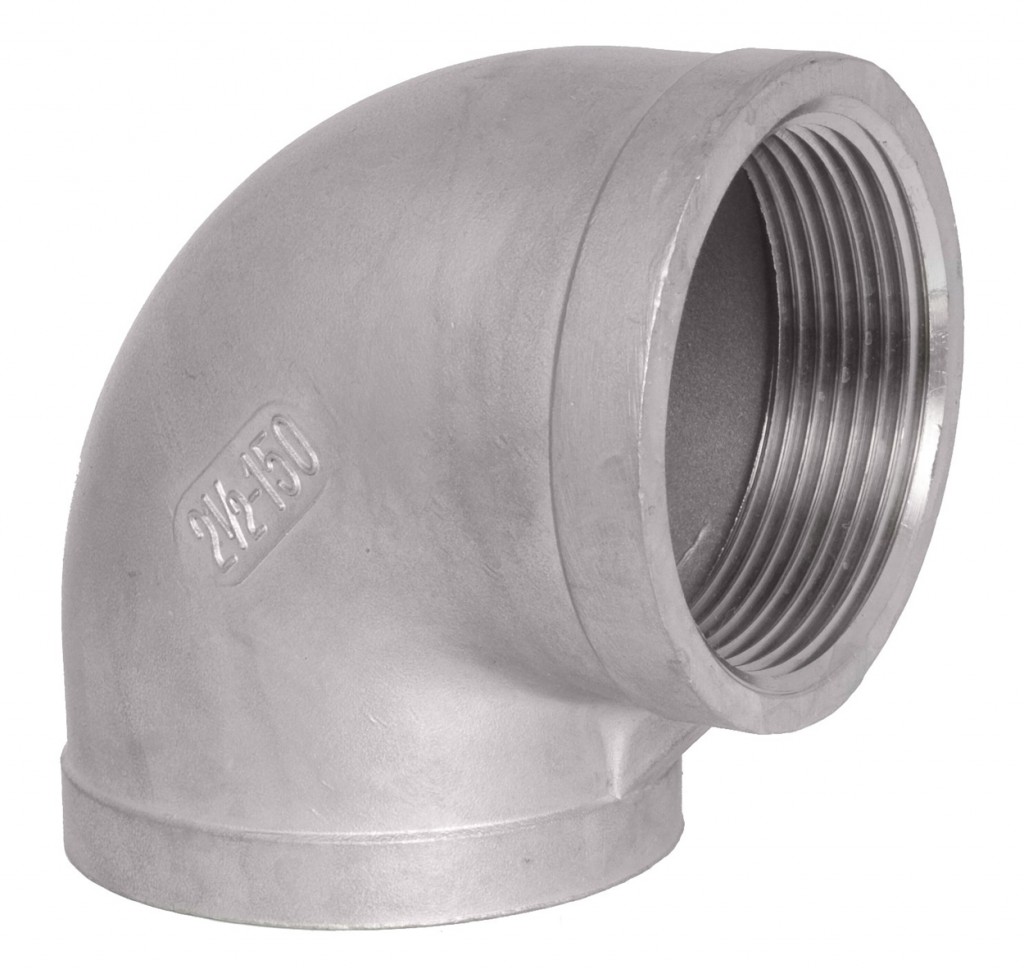
Understanding the different types of steel piping materials is crucial for selecting the right pipe for any application. Furthermore, each type’s unique characteristics and benefits ensure that the chosen material will provide the necessary performance, durability, and cost-effectiveness for successful project outcomes. Also, whether for residential plumbing, industrial processes, or large-scale infrastructure projects, steel piping materials play a vital role in ensuring the efficiency, safety, and longevity of piping systems.
In piping systems, various components like fittings, tees, nineties, and couplings play essential roles in connecting, controlling, and directing the flow of fluids and gases. In addition, these components are available in different forms to meet specific requirements, including weldable, socket, and sanitary configurations. Finally, understanding the different types and their applications is crucial for designing efficient and reliable piping systems.
Weldable Fittings
Design weldable fittings to join permanently to pipes through welding, providing strong, leak-proof connections suitable for high-pressure and high-temperature applications. Additionally, use them commonly in industrial settings such as oil and gas, petrochemical, and power generation industries.
Tees: Use weldable tees to create a branch at a 90-degree angle from the main pipe, splitting the flow into two directions. Moreover, they are available in equal (straight) and reducing (unequal) configurations, depending on the sizes of the connected pipes.
Elbows (Nineties): Use weldable elbows, commonly referred to as nineties, to change the direction of the flow in a piping system by 90 degrees. Also, choose between long radius (LR) and short radius (SR) versions, with LR providing a gentler turn to reduce pressure loss and SR used where space is limited.
Couplings: Weldable couplings are used to join two pipes together, providing a seamless connection. Additionally, they can be full couplings (connecting pipes of the same diameter) or reducing couplings (connecting pipes of different diameters).
Socket Fittings
Design socket fittings to join by inserting the pipe into the socket end and securing it with adhesive, solvent, or mechanical means. Furthermore, they provide easy installation and disassembly, making them ideal for systems that may require frequent maintenance or modifications.
Tees: Socket tees allow for the creation of branches in a piping system. They are commonly used in PVC and CPVC piping systems for plumbing, irrigation, and chemical processing applications.
Elbows (Nineties): Socket elbows change the direction of the flow by 90 degrees. Also, install them easily, and use them widely in residential and commercial plumbing systems.
Couplings: Use socket couplings to join two pipes by inserting them into the socket ends and securing them with solvent cement or mechanical means. Additionally, install them commonly in plastic piping systems for water distribution and drainage.
Sanitary Fittings of Piping Supplies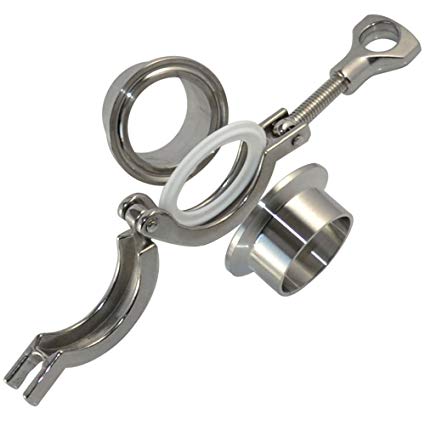
Design sanitary fittings for use in systems that require high levels of hygiene, such as food and beverage processing, pharmaceuticals, and biotechnology. Typically, manufacturers make these fittings from stainless steel and polish their surfaces to prevent contamination and facilitate easy cleaning.
Tees: Use sanitary tees to create branches in hygienic piping systems. Additionally, design them with smooth interiors and radiused corners to prevent the accumulation of bacteria and other contaminants.
 Elbows (Nineties): Sanitary elbows change the direction of flow by 90 degrees in hygienic systems. In addition, they have polished surfaces and are available in different bend radii to suit various space constraints and flow requirements.
Elbows (Nineties): Sanitary elbows change the direction of flow by 90 degrees in hygienic systems. In addition, they have polished surfaces and are available in different bend radii to suit various space constraints and flow requirements.
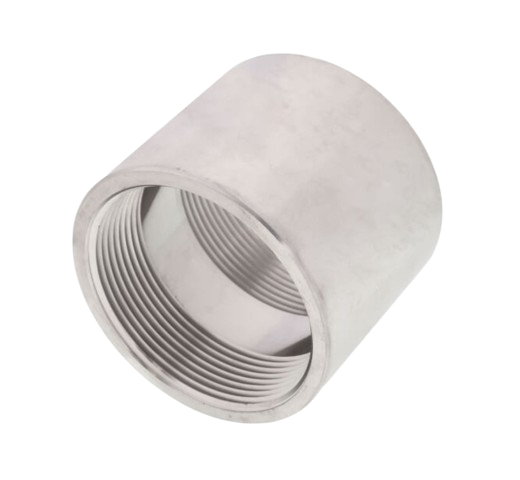 Couplings: Sanitary couplings, also known as sanitary unions, are used to join two pipes together in a hygienic manner. Also, they allow for easy disassembly and cleaning, ensuring the integrity of the sanitary system.
Couplings: Sanitary couplings, also known as sanitary unions, are used to join two pipes together in a hygienic manner. Also, they allow for easy disassembly and cleaning, ensuring the integrity of the sanitary system.
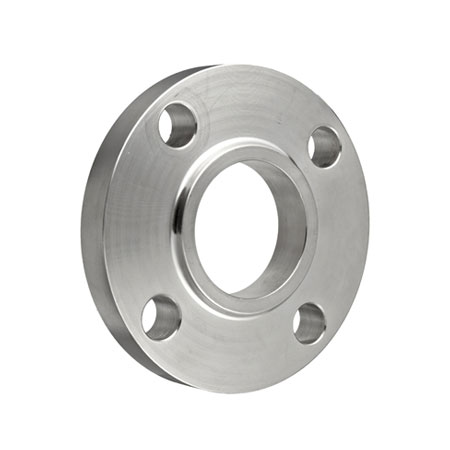 Flanges
Flanges
Use flanges to connect pipes, valves, pumps, and other equipment in a piping system. They provide a reliable, leak-proof seal and allow for easy assembly and disassembly.
Weld Neck Flanges: Design weld neck flanges for high-pressure applications. Weld them to the pipe end to provide a strong, integral connection.
Socket Weld Flanges: Use socket weld flanges in small-diameter piping systems. Insert the pipe into the socket end and then weld it in place to provide a strong and reliable connection.
Sanitary Flanges: Use sanitary flanges, also known as hygienic flanges, in applications requiring high levels of cleanliness. Typically, manufacturers make them from stainless steel and polish their surfaces to prevent contamination.
Reducers and Adapters of Piping Supplies
Reducers and adapters are used to connect pipes of different diameters or types. In addition, they ensure smooth transitions between different sections of a piping system.
Weldable Reducers: Use weldable reducers in welded piping systems to connect pipes of different diameters. Additionally, you can find them in concentric (aligned centerlines) and eccentric (offset centerlines) configurations.
Socket Reducers: Use socket reducers in socket-joined systems to connect pipes of different diameters. Finally, they provide easy installation and secure connections.
Sanitary Adapters: Use sanitary adapters to connect pipes of different sizes or types in hygienic systems. Designers create them with smooth surfaces and radiused corners to ensure cleanliness.
Conclusion
Piping systems rely on a variety of fittings, tees, nineties, couplings, flanges, reducers, adapters, to ensure efficient and reliable operation. In addition, the choice of materials and connection methods—whether weldable, socket, or sanitary—depends on the specific requirements of the application, including pressure, temperature, and hygiene standards. Understanding the different types of process material supplies and their applications is crucial for designing and maintaining effective piping systems across various industries.

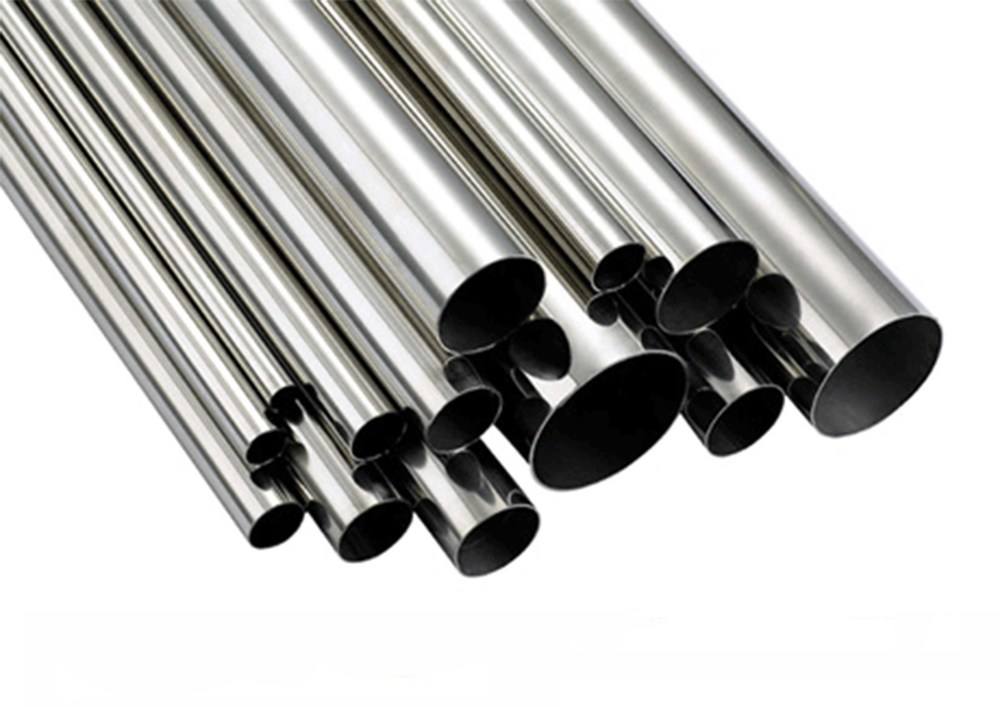
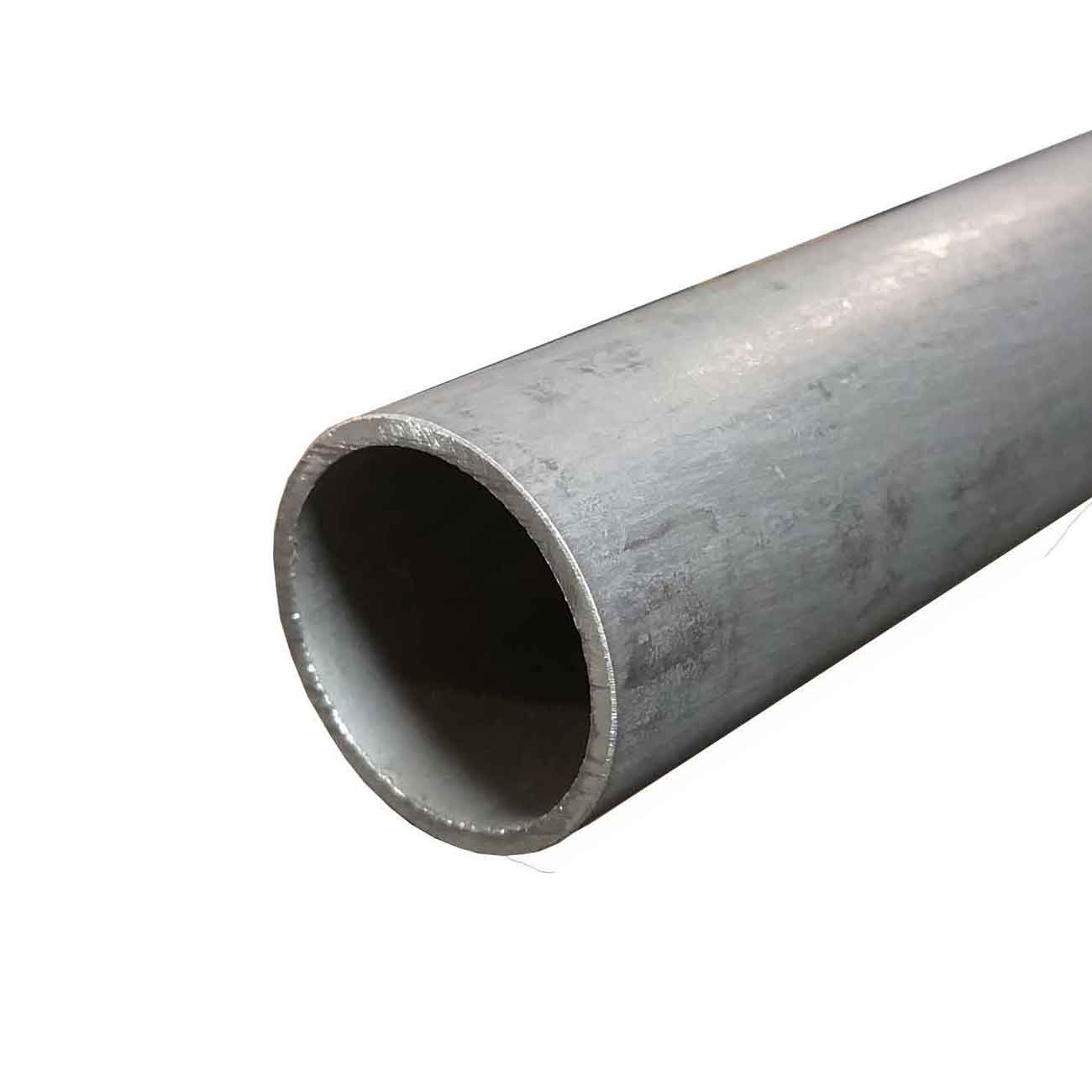

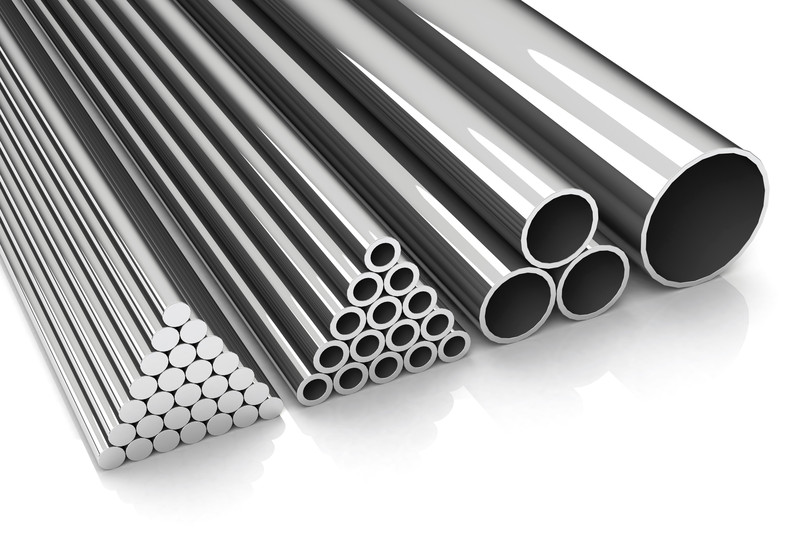
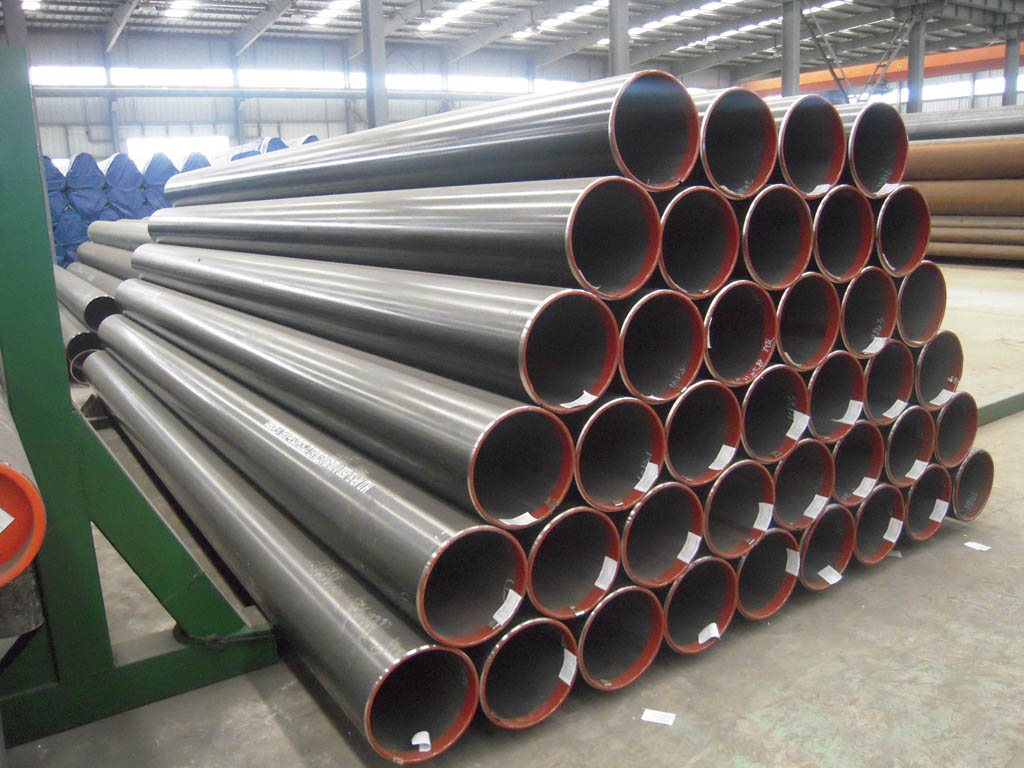
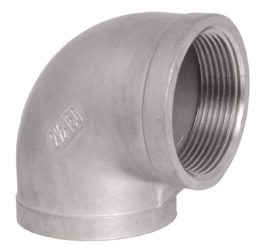
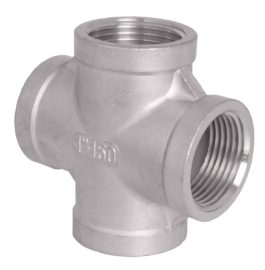
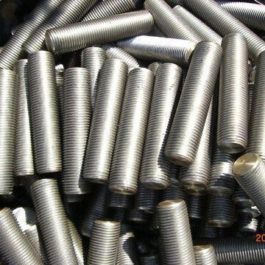
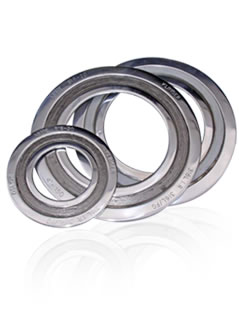
Reviews
There are no reviews yet.